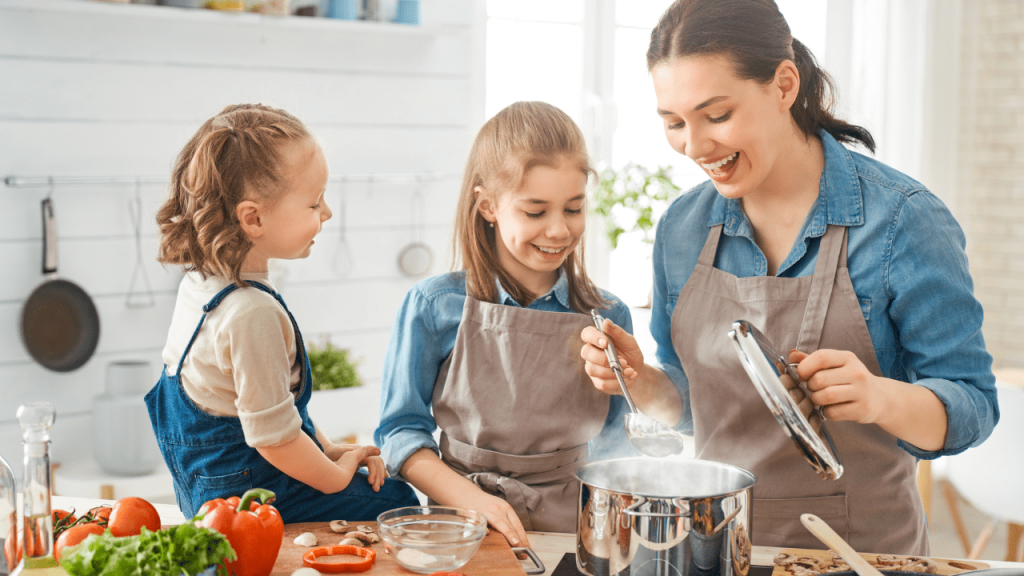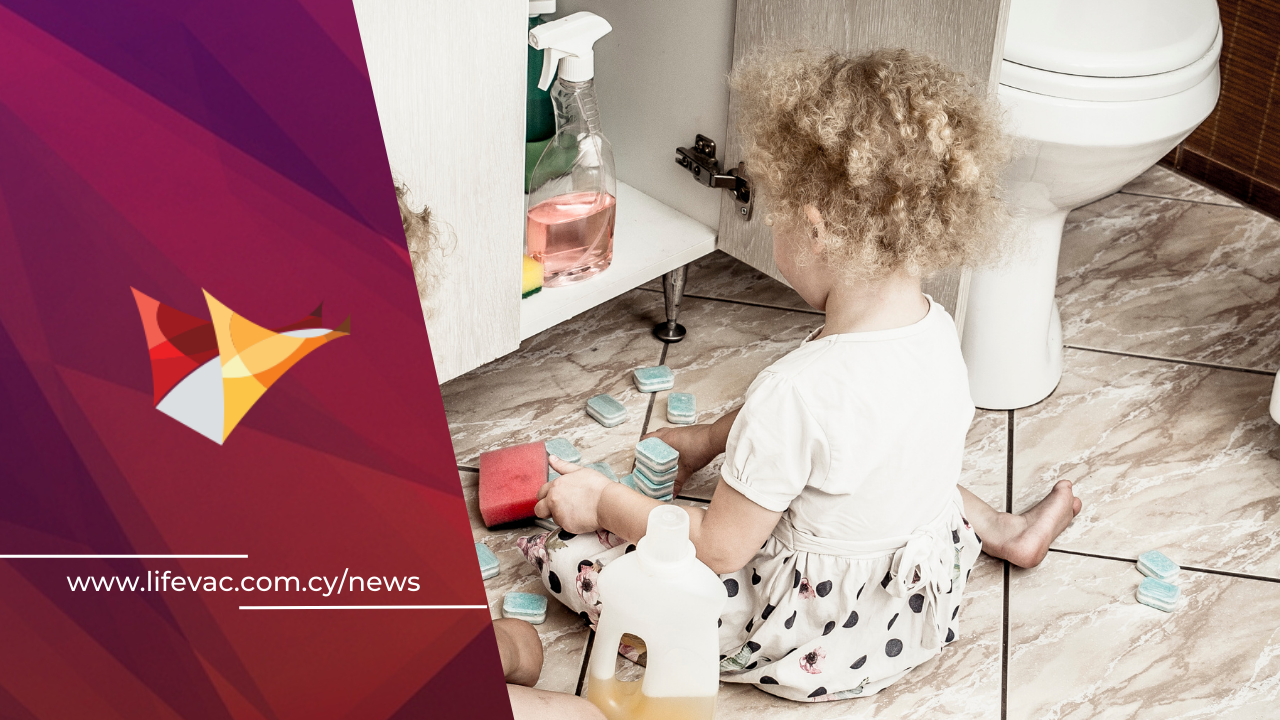Home safety for children is a top priority for any parent or caregiver. In this post, we’ll discuss practical ways to make your home safer for children. Following these tips can help create a secure environment, giving you peace of mind and keeping your children safe.
Home Safety for Children: Preventing Falls
Falls are one of the most common causes of injury in young children. Kids are naturally curious and active, and a quick moment of distraction can lead to an accident. Here’s how to make your home safer from falls:
- Install safety gates: Place gates at the top and bottom of stairs to prevent access. Choose gates that secure tightly and are difficult for toddlers to open.
- Secure furniture: Make sure shelves, cabinets, and heavy furniture are anchored to the wall. Kids often climb on furniture, which can tip over if unsecured.
- Keep floors clutter-free: Toys, shoes, and other items can be tripping hazards. Encourage children to tidy up after playtime to reduce clutter.
- Use non-slip mats: Place non-slip mats in bathrooms and on any tiled floor surfaces to prevent slips, especially if floors become wet.
Electrical Safety: Protecting Little Hands and Fingers
Young children love to explore, and when it comes to home safety for children, electrical outlets and cords are common attractions that can lead to accidents. Following these steps can help prevent dangerous situations and create a safer environment for your little ones:
- Use outlet covers: Cover all unused electrical outlets with safety covers that are difficult for children to remove.
- Hide cords: Keep electrical cords out of reach or secure them with cord covers. This prevents curious kids from pulling on cords or biting them.
- Educate older kids: Teach older children about the dangers of electricity and to never touch plugs with wet hands.
Kitchen Safety Tips for a Child-Friendly Home
The kitchen is full of potential hazards. Following these kitchen safety tips can help keep your children safe:
- Store sharp objects out of reach: Keep knives, scissors, and other sharp tools in locked drawers or high cabinets.
- Use back burners on the stove: When cooking, use the back burners on the stove if possible and turn pot handles inward to prevent accidental tipping.
- Keep cleaning supplies locked away: Household cleaners should be kept in locked cabinets or high shelves. Make sure they’re stored far from food items to avoid confusion.
- Install stove covers: Stove covers can prevent children from touching hot surfaces.

Bathroom Safety: Reducing Risks in Wet Areas
The bathroom is another area that requires special attention for home safety for children. Here are ways to reduce risks:
- Supervise bath time: Never leave young children alone in the bathtub, even for a moment. Accidents can happen in seconds.
- Store medications safely: Keep all medications, including vitamins and over-the-counter products, in locked cabinets or containers.
Toy Safety: Choosing Safe Toys for Different Ages
Toys can pose risks, especially if they have small parts or are not age-appropriate. Here’s how to ensure toy safety at home:
- Check for small parts: Avoid toys with small parts for children under four. Small parts are choking hazards for younger children.
- Regularly inspect toys: Check toys frequently for broken parts or sharp edges that could cause injury.
- Follow age recommendations: Pay attention to the age recommendations on toy packaging, which are there to guide safe play.
- Supervise play with certain toys: Toys like marbles or magnets can be swallowed. Supervise your child closely when they are playing with these items.
Choking Prevention
Choking is a serious risk for young children and requires quick action. Food, small toys, and other small objects are common choking hazards. Here are some tips to prevent choking incidents at home:
- Cut food into small pieces: Ensure that food, especially items like grapes, hot dogs, and carrots, are cut into small pieces that are easier to chew and swallow.
- Avoid small toys and objects: Keep objects like coins, buttons, and small toys out of reach. Regularly inspect the home for items that could pose a choking risk.
- Supervise mealtimes: Sit with your child while they eat and remind them to chew thoroughly. Avoid letting children run or play while eating, as this increases the choking risk.
Stay Prepared for a Choking Emergency
Despite all precautions, choking incidents can happen. LifeVac is an anti-choking device designed to help clear airways quickly and effectively in emergencies. This easy-to-use device can be a lifesaver for families, providing quick relief when other methods aren’t effective. With LifeVac, parents gain an extra layer of security and peace of mind knowing they’re prepared for unexpected situations.
For more information on LifeVac and how it can protect your family, visit our website.
Conclusion
Creating a secure environment is essential when it comes to home safety for children. By taking proactive steps, parents can greatly reduce risks and provide a safe, welcoming space for their kids.
Remember, peace of mind comes from knowing you’re prepared. Equip your home with the right tools and knowledge to handle any situation, and consider adding LifeVac to your family’s first aid kit for extra protection.
Visit our website to learn more about how LifeVac can be an essential part of your home safety for children.



